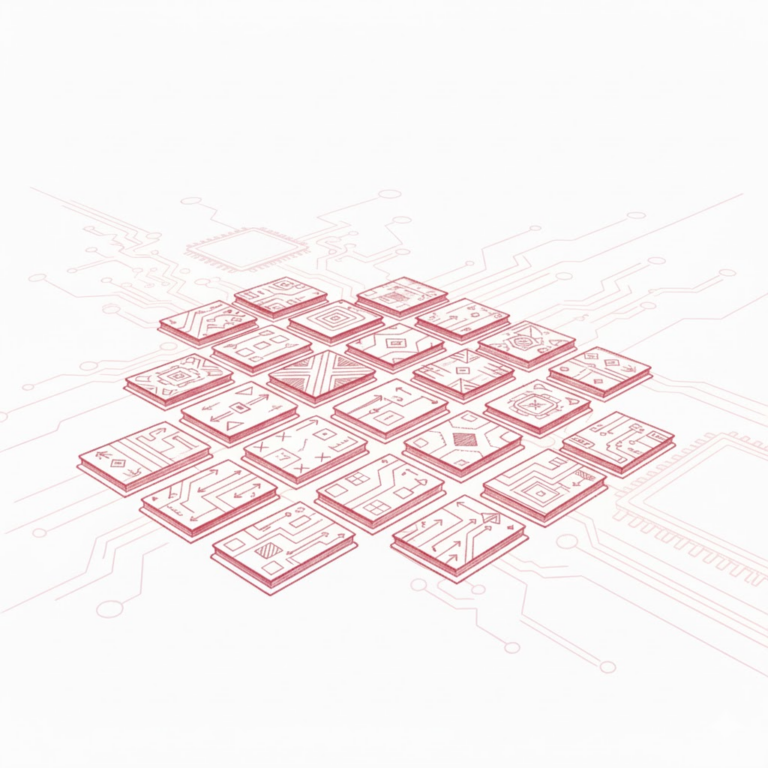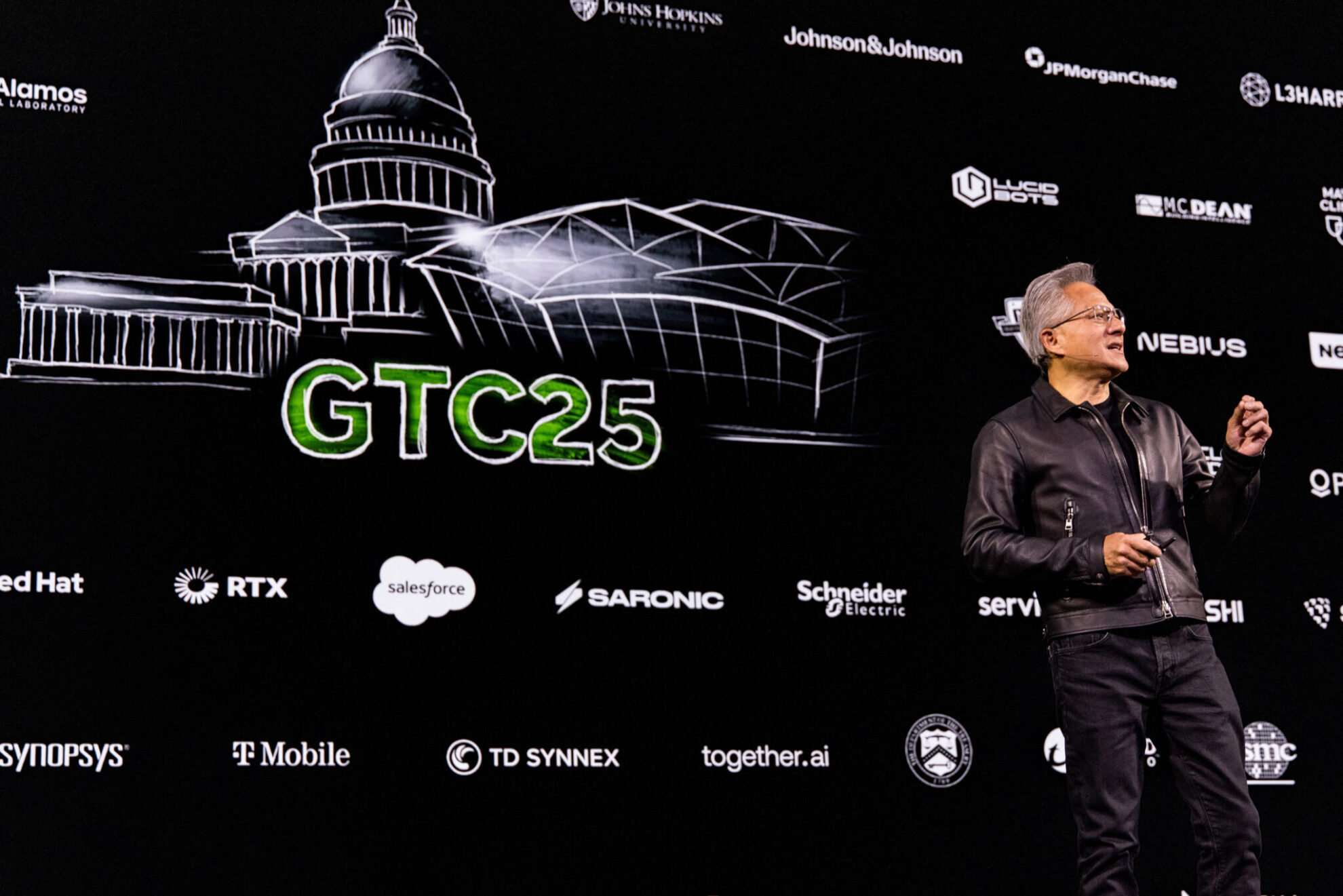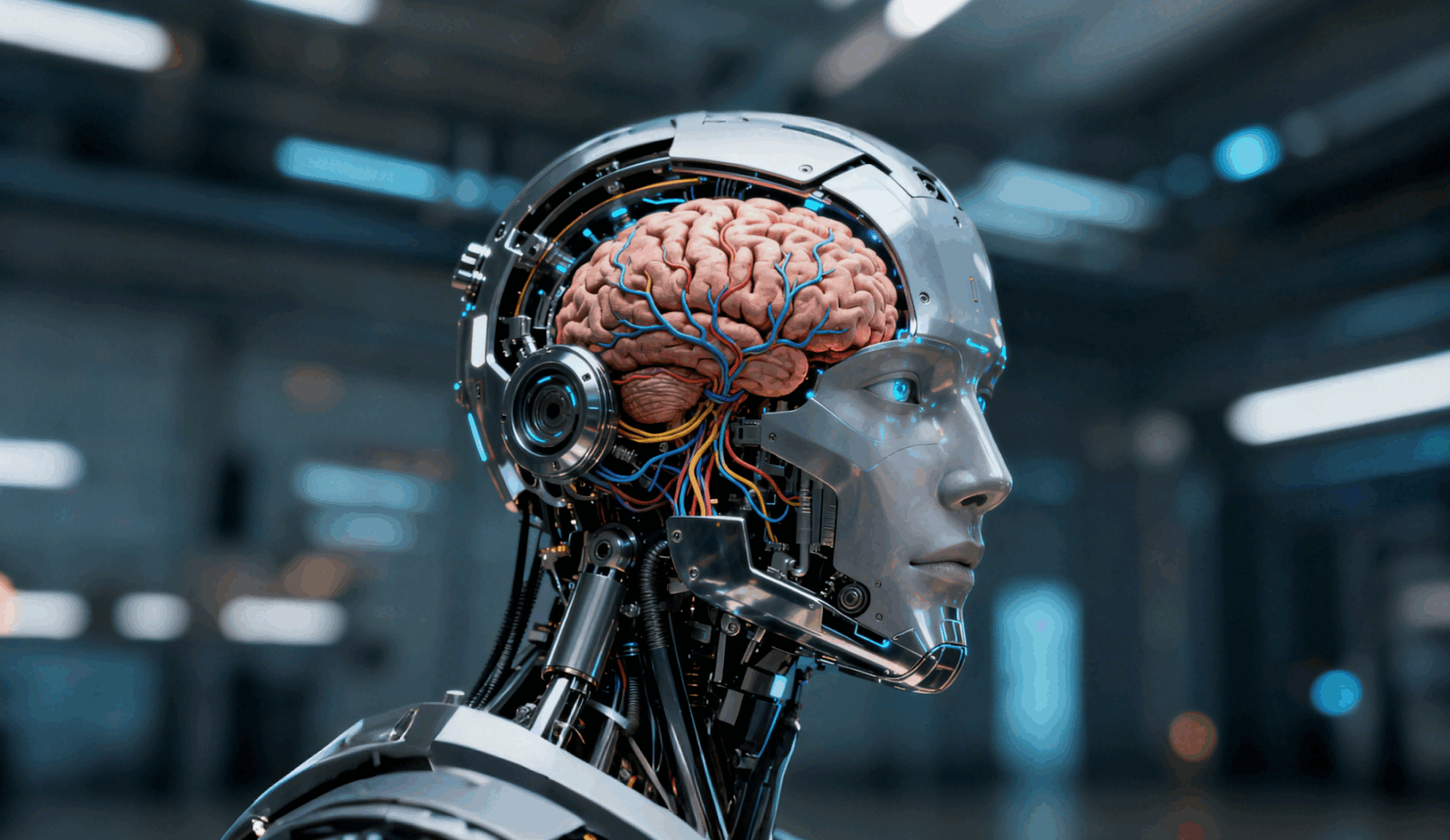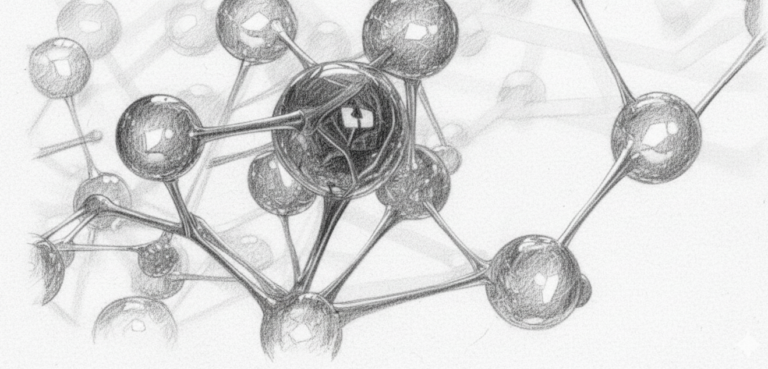Command Palette
Search for a command to run...
Tractors Will Also Be Driven automatically. Japan Is Short of Labor and Is Vigorously Developing Unmanned Agriculture
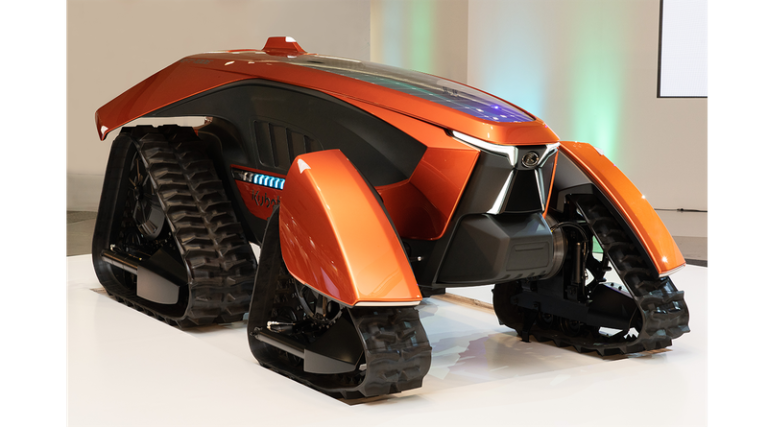
In order to solve the problem of agricultural labor shortage, Japan has emerged in recent years with automated agricultural equipment such as automatic harvesters and rice transplanters. Recently, its agricultural machinery manufacturer Kubota also announced that it will join hands with Nvidia to launch an autonomous driving tractor.
Kubota is a major agricultural machinery manufacturer in Japan. Its main products include tractors and construction equipment.
NVIDIA, a semiconductor design company, is the inventor of GPU (graphics processing unit). Its main products include GeForce graphics card series, Quadro graphics card series, etc.
The former is deeply involved in the agricultural field and focuses on agricultural machinery manufacturing; the latter is known as the global leader in programmable graphics processing technology. These two seemingly unrelated companies recently announced that they have begun to work hand in hand in cross-border cooperation.
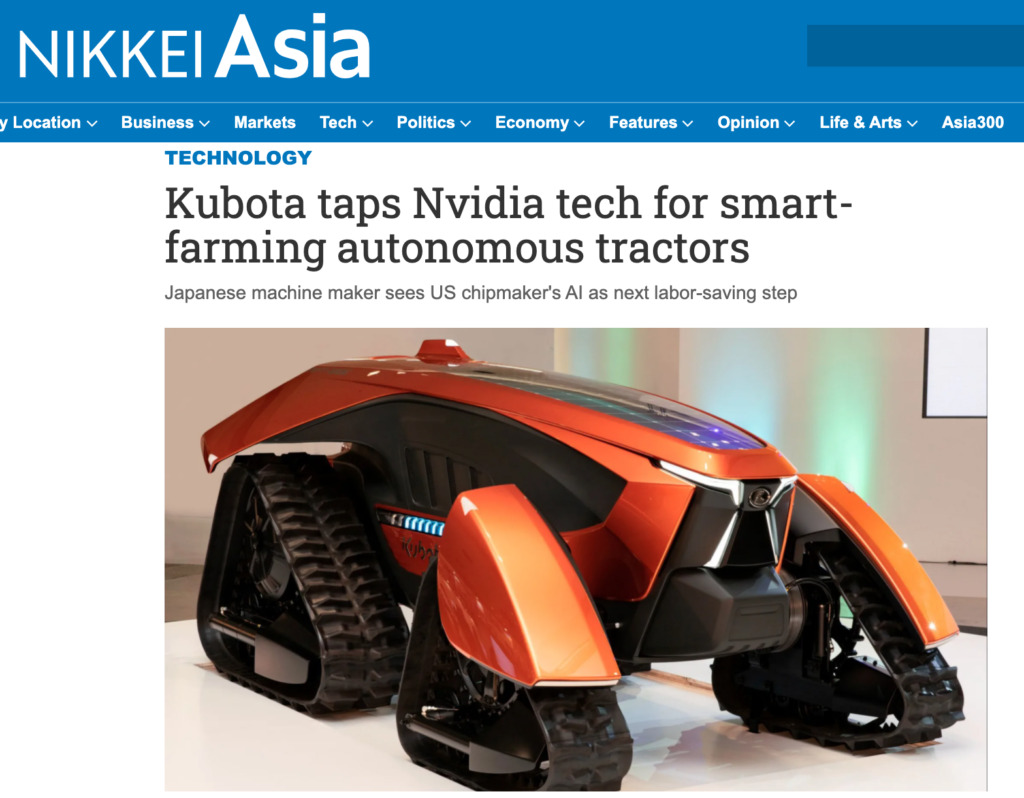
According to Nikkei Asia,Kubota and Nvidia have recently reached a cooperation to develop highly sophisticated self-driving agricultural tractors.
The self-driving tractor equipped with NVIDIA's AI technology will surely be the most beautiful tractor on the farm.
Japan: With an aging population, agricultural automation is urgently needed
Japan has been an aging society since the early 1970s, and in 2010, the proportion of people aged 65 and above had increased to 23%.
As the population ages,Japan's agricultural sector has seen a series of problems, including labor shortage, low work efficiency, increased abandoned farmland, and difficulty in smoothly advancing production.

Faced with increasingly severe challenges, Japan has targeted agricultural mechanization and automation as its solutions and vigorously developed unmanned agriculture.
Yasufumi Miwa, a member of the board of directors of the Ministry of Agriculture, Forestry and Fisheries of Japan and an expert at the Japan Research Institute, once pointed out thatDigital technology is expected to reverse this crisis and transform Japanese agriculture into smart agriculture.
Since 2003, the Japanese government has begun to implement the "Next Generation Agricultural Machinery Emergency Development Plan", vigorously promoting 46 types of high-performance agricultural machinery, including fully automatic rice transplanters, ride-on vegetable tillers, harvesters, infrared dryers, belt balers, pesticide sprayers, etc.

These automated agricultural machines have brought great benefits to Japanese farmers, saving at least half of the labor costs. Data shows thatAn automatic rice transplanter can transplant rice in 10 mu of land a day, while manual labor can only complete the work of 1 mu a day.
Therefore, as a long-established agricultural machinery manufacturer in Japan, Kubota has been actively looking for ways to popularize agricultural automation with the help of technology in recent years. The company said it wants to "save labor through automated and unmanned agricultural machinery and use data to achieve precision agriculture."
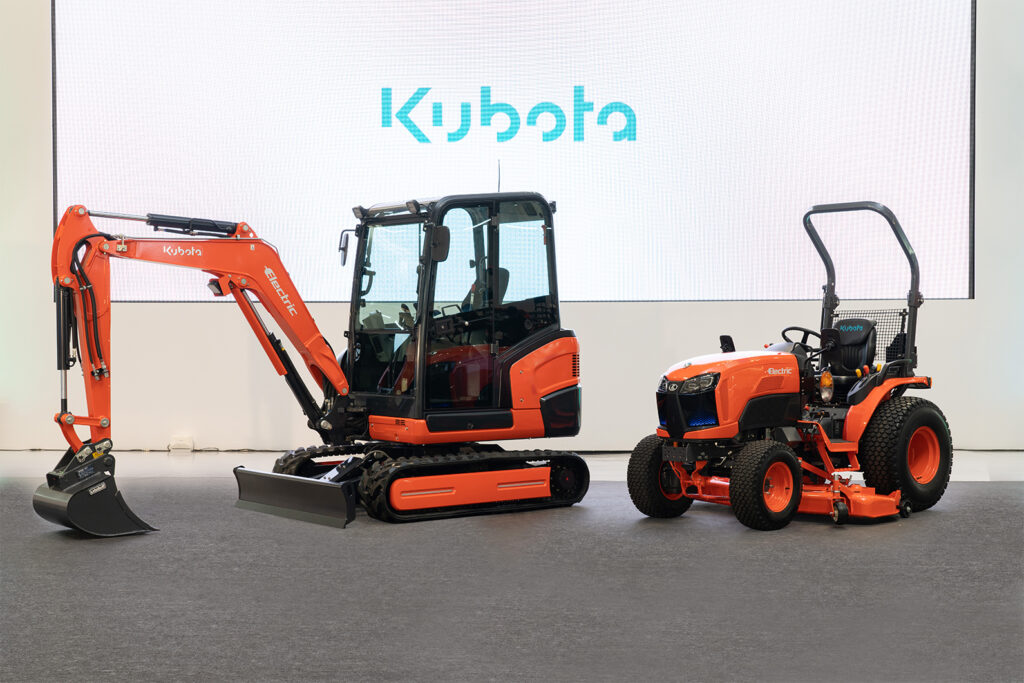
Autonomous driving makes tractors cyberpunk
In recent years, Kubota has been on the road of automated driving of tractors.
In 2017, Kubota launched the Agrirobo series of automated tractors. However, these tractors only use radar to determine the surrounding environment and achieve autonomous operation.The operation process still requires manual supervision and no AI technology is used.
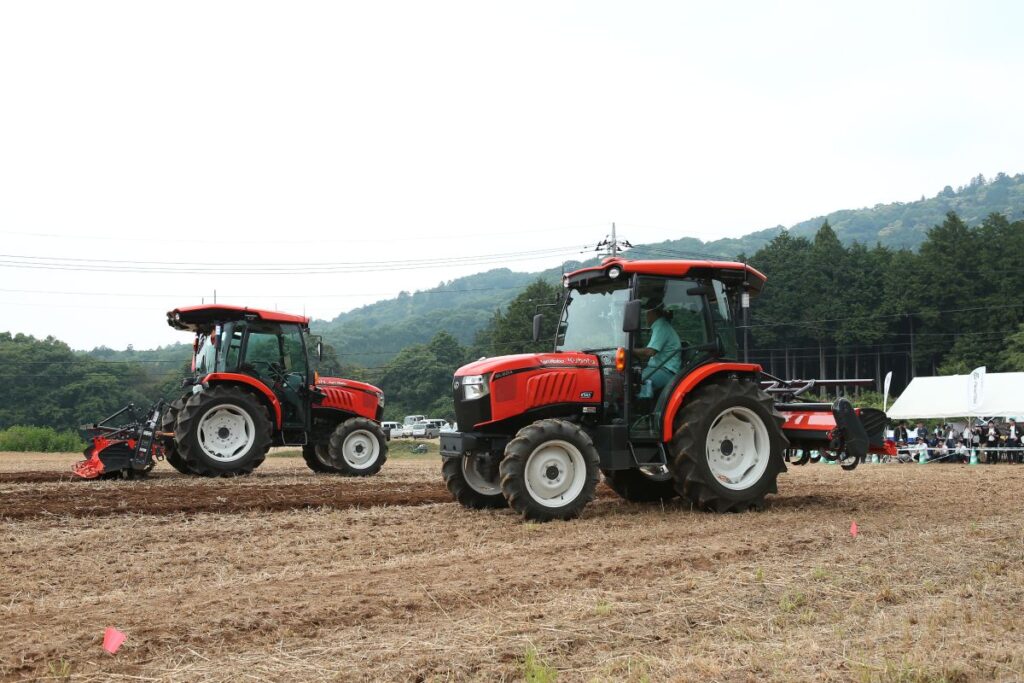
Next, Kubota said,By working with NVIDIA, the technology it develops is expected to achieve fully autonomous driving.
Since the working environment of tractors in farmland is relatively complex, with loose soil and uneven terrain, mistakes can easily occur if you are not careful. Therefore, it is crucial for self-driving tractors to instantly and accurately grasp the surrounding environment and process the collected data without delay.
Kubota will provide tractorsEquipped with NVIDIA GPU, artificial intelligence module and camera, it can realize the function of real-time processing of road conditions and environmental information, and at the same time analyze weather information and crop conditions in detail.
In product development, Kubota will use the NVIDIA Jetson computing platform, an embedded AI platform for NVIDIA edge devices, for research and development. Choosing the NVIDIA Jetson platform has the following two advantages:
- NVIDIA Jetson delivers high computing power, accuracy, and energy efficiency, while the industrial version features a highly durable design to withstand the harsh environments found in agricultural machinery.
- Additionally, on the edge side, real-time smoothing is required for high-definition screen stitching and edge detection, and NVIDIA Jetson’s processing capabilities in this regard were assessed to be the best.
For deep learning environments, Kubota uses the NVIDIA DGX AI system, which allows developers to easily design, train, experiment, and deploy AI models, simplifying the development process and greatly shortening time to market.
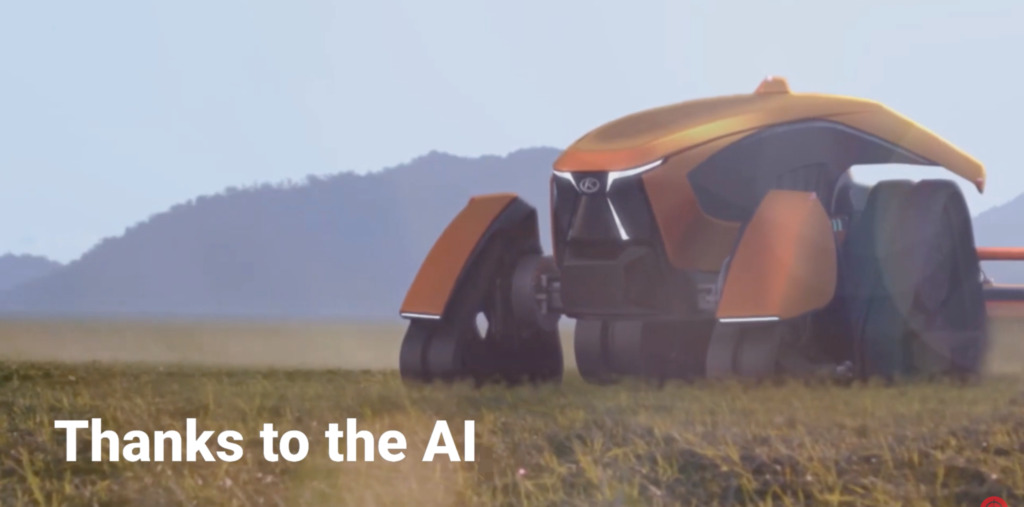
The DGX system can analyze input from dozens of cameras mounted on agricultural machinery, repeatedly train AI models, and feed the results back to NVIDIA Jetson to improve the model’s accuracy.
"Kubota is looking to the next generation of agriculture," said Shinji Sasaki, Director, Senior Managing Director, and General Manager of R&D at Kubota Corporation. "We are adapting to the needs of the times in the agricultural field and conducting development research and commercialization on NVIDIA's end-to-end AI platform to create a sustainable agricultural future."
From sowing and transplanting to fertilizing and spraying, and then to harvesting and picking, almost all farm work will be automated in the future. The automation of agricultural machinery, which was originally "forced" by the aging population, is now benefiting farmers.

-- over--
